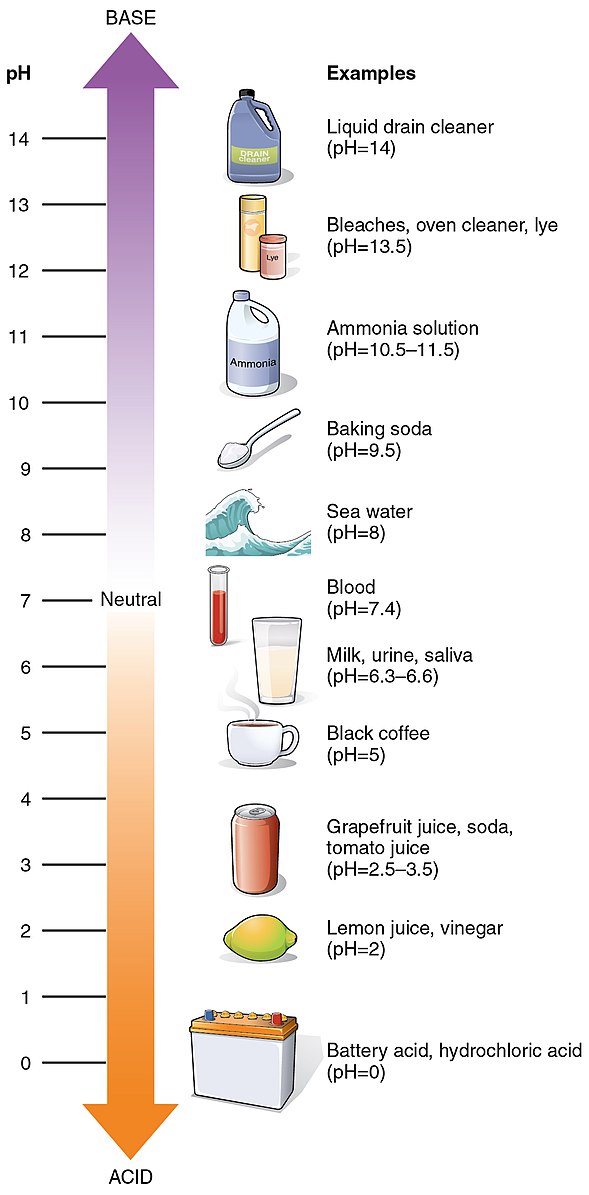The pH of swamp water can vary significantly, ranging from as low as 4.3 to as high as 9.0, with an average around 6.5. This wide range is due to the natural conditions of swamps, including acidic soils, vegetation, and the presence of wildlife. Understanding the factors that influence the pH of swamp water is crucial for maintaining the delicate balance of these unique ecosystems.
Factors Affecting the pH of Swamp Water
Natural Conditions
- Acidic Soils: Swamps often have acidic soils due to the decomposition of organic matter, which can release acids into the water.
- Vegetation: The type and abundance of plants in a swamp can affect the pH of the water. Some plants, such as sphagnum moss, can release acids, while others may have a neutralizing effect.
- Wildlife: The presence of animals, such as fish and amphibians, can also influence the pH of swamp water through their waste products and other biological processes.
Human Activities
- Waste Water Discharge: The discharge of waste water, either from industrial or residential sources, can introduce contaminants and chemicals that can alter the pH of swamp water.
- Mining: The mining of minerals, such as sulfur or coal, can release compounds that can lower the pH of swamp water.
- Development: Human development, such as construction or land-use changes, can introduce minerals and other materials into the soil surrounding wetlands, which can then be filtered into the water and affect its pH.
Balancing the pH of Swamp Water
 Image source: OpenStax College
Image source: OpenStax College
To balance the pH of swamp water, it is essential to first identify the cause of any imbalances. If the pH is too low (acidic), the addition of alkaline materials, such as limestone or baking soda, can help to raise the pH. Conversely, if the pH is too high (alkaline), the addition of acidic materials, such as vinegar or lemon juice, can help to lower the pH.
However, it is crucial to note that any attempts to balance the pH of swamp water should be done carefully and with the guidance of a professional. Drastic changes to the pH can have significant impacts on the plants and animals living in the swamp, potentially disrupting the delicate ecosystem.
Home Remedies for Balancing Swamp Water pH
While home remedies, such as the use of natural materials like crushed limestone or peat moss, can be effective in balancing the pH of swamp water, it is essential to monitor the pH carefully and avoid making drastic changes. Sudden shifts in pH can harm the swamp’s ecosystem, so it is best to consult with a professional before attempting any pH adjustments.
Consumption and Contaminants
It is not recommended to drink swamp water due to the potential presence of contaminants and pathogens. If you are concerned about the pH of your drinking water, it is best to test it using a home pH test kit or to have it tested by a professional.
To deal with contaminants and chemicals in swamp water, it is crucial to identify and address the sources of these pollutants. This may involve working with local authorities to address issues such as waste water discharge or mining practices. Additionally, the use of wetland restoration techniques, such as the creation of buffer zones or the planting of native vegetation, can help to protect swamps from the impacts of human activities.
Conclusion
The pH of swamp water can vary widely due to natural conditions and human activities. Understanding the factors that influence the pH of swamp water is essential for maintaining the delicate balance of these unique ecosystems. While home remedies may be effective in balancing the pH, it is crucial to monitor the changes carefully and to consult with a professional to avoid harming the swamp’s ecosystem. By addressing the sources of contaminants and using wetland restoration techniques, we can protect the pH and overall health of swamp water.
References:
- Coastal Review, “How Much Freshwater Can a Swamp Take?” https://coastalreview.org/2013/05/how-much-freshwater-can-a-swamp-take/
- Rollitup, “Ph of the swamp water is 6.5 should i use?” https://www.rollitup.org/t/ph-of-the-swamp-water-is-6-5-should-i-use.535325/
- Sciencing, “Factors That Affect the pH of Water in Wetlands” https://sciencing.com/factors-affect-ph-water-wetlands-6723700.html
- Coastal Review, “How Much Freshwater Can a Swamp Take? – Coastal Review” https://coastalreview.org/2013/05/how-much-freshwater-can-a-swamp-take/
- ResearchGate, “Macrocomponent composition, salinity, pH of swamp water samples…” https://www.researchgate.net/figure/Macrocomponent-composition-salinity-pH-of-swamp-water-samples-collected-from-2011-to_tbl1_275533374
- WetlandInfo, “pH (water)” https://wetlandinfo.des.qld.gov.au/wetlands/ecology/components/water-chemical/ph-water/.
